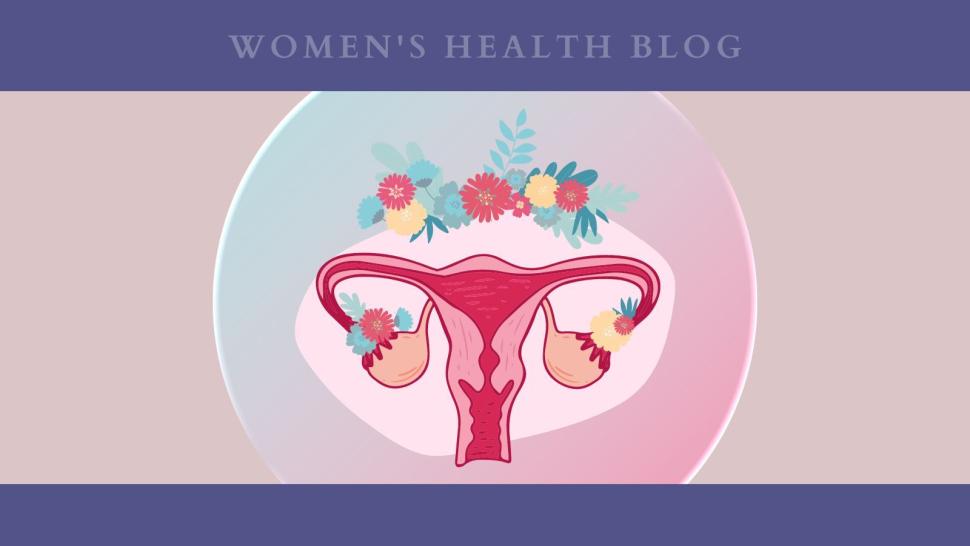Author: Danielle Perro, BMSc, PhD | Editors: Romina Garcia de leon, Shayda Swann (Blog Coordinators)
Published: September 15th, 2023
*This article represents Danielle Perro’s views and not necessarily those of her employer.
Endometriosis is a chronic inflammatory condition characterized by the growth of tissue similar to the lining of the uterus found elsewhere within the body. Though typically such tissue is found within the pelvis, it has been found in many extra-pelvic sites. It is known to impact as many as one in ten women worldwide, and though data on the experience of endometriosis in transgender men, gender diverse and non-binary folks are more limited, they too experience the condition—this represents a hugely important area of ongoing/future research.
Similar to endometriosis, chronic pelvic pain (CPP) is highly prevalent in women, affecting as many as one in four women of reproductive age. Furthermore, females living with either endometriosis or CPP experience similarly significant physical and mental health symptoms which impact their ability to go about their day-day life. According to the Royal College of Obstetricians and Gynaecologists, CPP is defined as ‘intermittent or constant pain in the lower abdomen or pelvis of a woman of at least 6 months in duration, not occurring exclusively with menstruation or intercourse, and not associated with pregnancy’. Endometriosis and CPP share many similarities, not only in their burden and commonality, but also in how they are managed. Unfortunately, in both cases, the treatments which are targeted at the pelvis or primary disease site are often ineffective or require a lot of trial and error to arrive at a suitable option. Examining years of work into endometriosis, CPP and other localised pain conditions (like migraine and low back pain), it’s important to shift the way we think about endometriosis and CPP by looking a step beyond the pelvis at whole body pain symptoms and their implications. Similar to the MaPP research group’s work on CPP, women with CPP and endometriosis have been shown to commonly experience pain outside of the pelvis, and with an increased number of regions affected by pain, there is a strong association with worse mental health and quality of life.
Shifting the dial away from the pelvis
Endometriosis has long been described as a gynaecological condition, given that many do experience symptoms related to the pelvis and reproduction. In addition to CPP, people with endometriosis experience pain associated with their periods and/or pain during or after sex, as well as infertility. However, a recent genetic study has demonstrated that endometriosis-related symptoms are far more complex than being just a pelvic-condition. This study showed that endometriosis is genetically linked to inflammatory conditions like asthma, as well as body-wide pain symptoms, like migraine, back pain, and multi-site chronic pain (pain all over the body). Endometriosis is associated with systemic symptoms, so why do we still ascribe a gynaecological label, rather than calling it a systemic condition? Leaders in the field have put forward a strong case for considering endometriosis as a systemic disease. More work remains to be done to understand what the public health implications, and impact on individual care, of doing so would be.
Reconsidering our current understanding of endometriosis
Earlier this year, I attended and contributed to the Reframing Endometriosis: Power, Politics and Potential Futures conference in Birmingham, UK. This conference was the first to truly bridge the biomedical and social science research divides, whilst creating a platform for people with lived experience of endometriosis and pain to equally contribute to the panels their own experiences with the condition. Similar questions to the ones above were raised, about why we still consider endometriosis to be a ‘gynaecological condition’, when so many experience system-wide symptoms. Everyone in attendance, myself included, was confronted with moments of discomfort, as our current understandings of endometriosis were challenged. It’s become clear that in order to move the endometriosis field forward and evolve both our definition of the condition and effective treatments, we need to continue breaking down barriers between stakeholder siloes. When I envision the future of endometriosis research, I envision one which strives for personalised medicine. To achieve this, we need to consider the entire person with endometriosis and CPP, as with these conditions there is often more than meets the eye.
To learn more about this work, follow Danielle Perro on Twitter.
